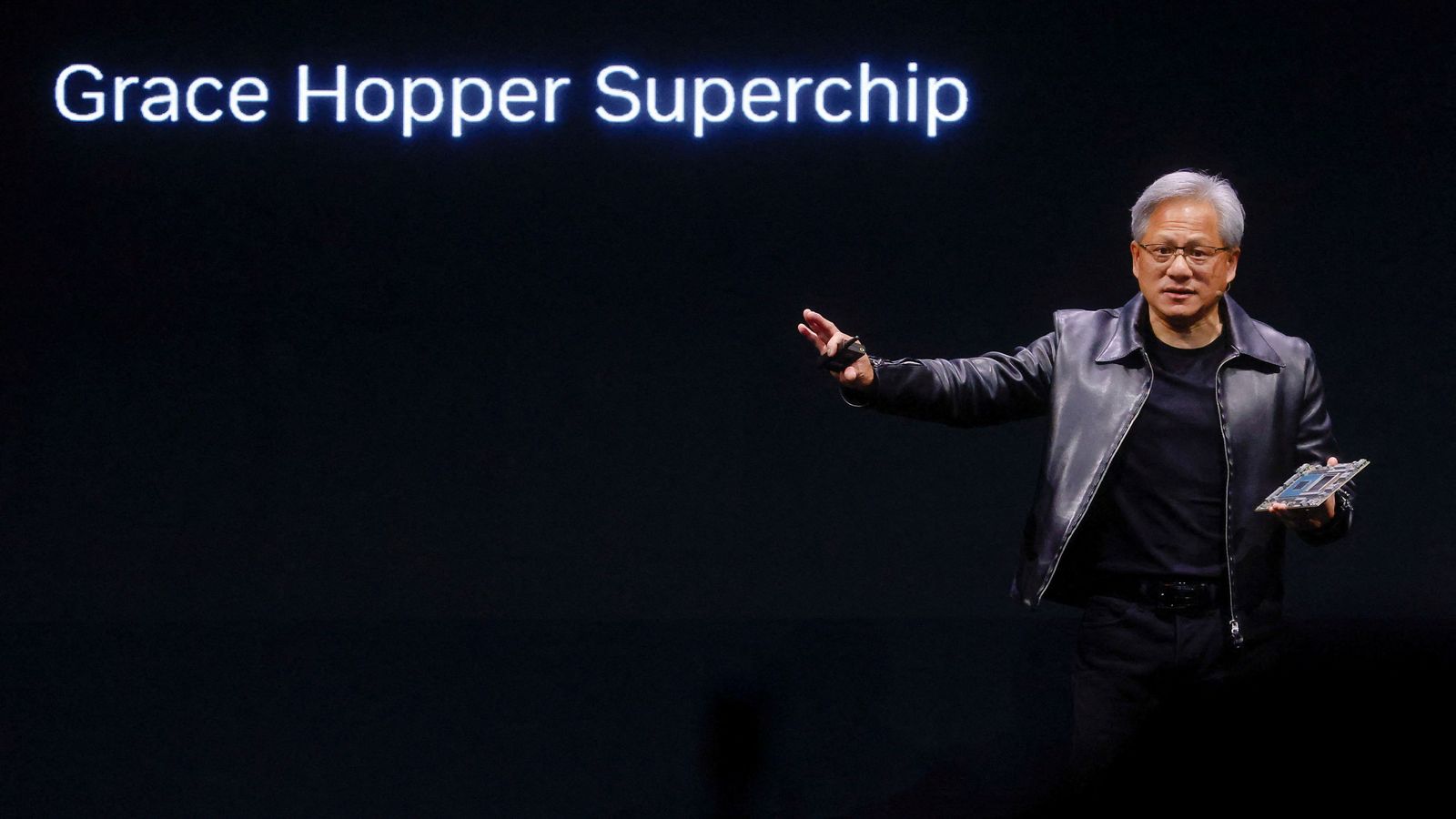
The unbelievers are still hoping against hope that electric cars won’t be as durable as ICE cars — but after more than 250,000 miles of driving in just three years, this Ford Mustang Mach-E isn’t just still going, it’s still going strong with more than 90% of its original battery capacity!
When David Blenkle bought a Ford Mustang Mach-E for use in his private car (read: ride-hailing) service back in 2022, he had the usual reasons: stable fuel costs, reduced maintenance needs, better uptime, and lower total cost of ownership (TCO) than ICE options. In the three years and more than 250,000 miles since, however, I think it’s safe to say that the Mach-E has probably surpassed all of Blenkle’s “best case” expectations.
As a result, Blenkle has become something of an EV explainer, if not an evangelist. “The biggest misconception I encounter is about battery life and range,” he offers. Adding, “then I show them my odometer.”
250,000 mile Ford Mustang Mach-E
Those 250,000-plus miles and frequent were validated by Mustang Mach-E Chief Product Engineer Matthew Gabrielli, who says that Blenkle’s use case offers compelling evidence that modern electric vehicles are engineered for exceptional longevity and reliability, and that this example provides a clear perspective on long-term electric vehicle ownership.
For those of you who want to do the math, 250,000 miles in three years works out to about 230 miles driven per day, assuming 365 day operation. I used ComEd’s handy-dandy EV cost comparison tool and compared the Blenkle’s Mach-E to a comparable AWD Ford Escape SUV, and came up with more than $8,700 in fuel savings — and even more is possible with off-peak charging at home.
That’s good news, since that’s where Blenkle does most of his charging. “I have a Ford home charger, and I plug it in every evening, set to charge when my electricity rates are lower,” he explains, though admits that, on some of his higher-mileage days, a quick stop at a DC fast charger is needed.
It’s important to point out, of course, that Ford’s standard warranty covers the battery and electric drivetrain for 8 years or 100,000 miles, but Blenkle’s example shows what’s might be possible far beyond that. His maintenance schedule follows the OEM’s recommendations, with regular tire rotations, routine multipoint inspections, and new cabin filters from his local Ford dealer. And, thanks to the Mustang’s regenerative braking, he’s still on his original brake pads. (!)
Electrek’s Take
You’d think a 250,000 mile Ford Mustang Mach-E maintaining 92% of its battery life, a 360,000 mile Hyundai IONIQ 5 with 87% battery health still intact, and a half-dozen stories of Tesla Model S, 3, and Y rideshare vehicles racking up six figures on their odometers later would get some of these slow adopters to see the light and understand that electric vehicles are built to last. But if they can’t trust the evidence of their senses, maybe an advertising icon from the 1980s will help.
While he keeps going and going and going on battery power, you can keep going on down to the comments and let us know what you think might finally convince the ICE holdouts in your life that EVs can go the distance.
SOURCE | IMAGES: Ford.

If you’re considering going solar, it’s always a good idea to get quotes from a few installers. To make sure you find a trusted, reliable solar installer near you that offers competitive pricing, check out EnergySage, a free service that makes it easy for you to go solar. It has hundreds of pre-vetted solar installers competing for your business, ensuring you get high-quality solutions and save 20-30% compared to going it alone. Plus, it’s free to use, and you won’t get sales calls until you select an installer and share your phone number with them.
Your personalized solar quotes are easy to compare online and you’ll get access to unbiased Energy Advisors to help you every step of the way. Get started here.
FTC: We use income earning auto affiliate links. More.












